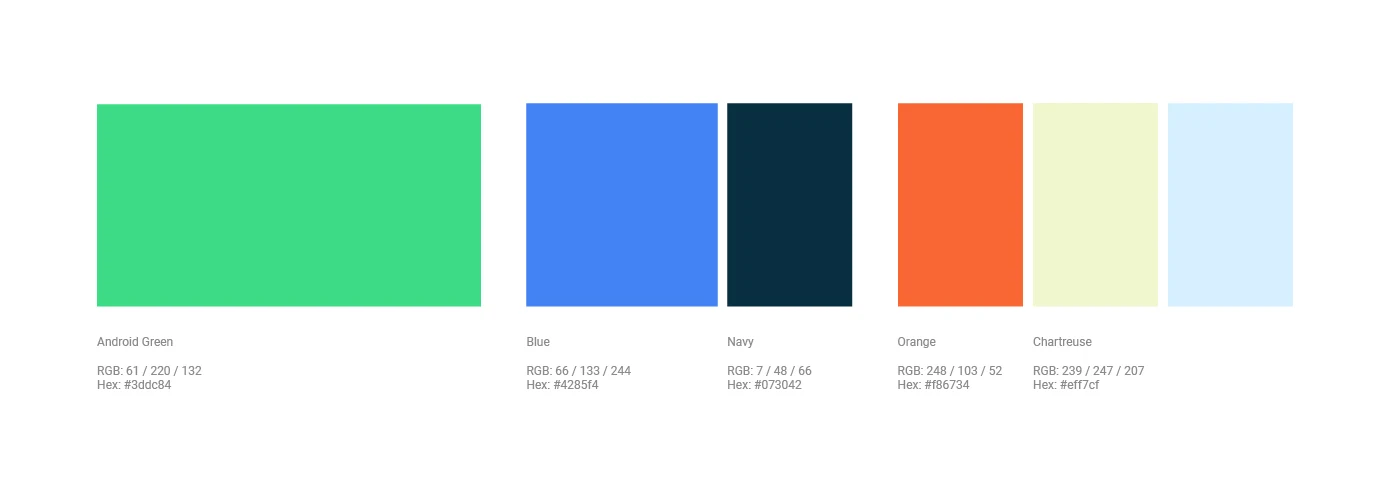Till now, Google has always named a new release of Android after a dessert. Well, with the release of Android 10, that is no longer going to be the case. The company has done away with dessert names and will now simply be calling Android Q as Android 10.
Google says that it had to take this step with the rising popularity of Android as a brand that is recognizable on a global level. While many people might be aware of Pie in the western part of the world, that might not be the case in other corners of the globe. Then, there’s also the issue that as Google goes down the alphabetical order, it gets difficult to find decent dessert names.
Not everyone is aware of all the desserts and the naming scheme also makes it difficult for users to identify if their phone is running the latest build of Android or not. Thus, with Android Q, Google is switching to a simpler branding by calling it Android 10.
For example, L and R are not distinguishable when spoken in some languages. So when some people heard us say Android Lollipop out loud, it wasn’t intuitively clear that it referred to the version after KitKat. It’s even harder for new Android users, who are unfamiliar with the naming convention, to understand if their phone is running the latest version. We also know that pies are not a dessert in some places and that marshmallows, while delicious, are not a popular treat in many parts of the world.
Additionally, the company has also updated the logo of Android to go along with this rebranding. It is a small change but one that helps the logo keep up with the times. The bugdroid is a lighter, more blue-green than the slightly-radioactive Android green of years past, and I like it.
Another big change is the new color palette that replaces the restrictive green and shades of gray that Google and manufacturers previously had to work with. Gandon comments how “only having a kind of green and gray is basically no colors.” One issue was how “it’s very difficult to contrast” and layer with just a pair. Android now works with bright orange and dark blues.
Here’s what Sameer Samat had to say about the colors:
Google says that it had to take this step with the rising popularity of Android as a brand that is recognizable on a global level. While many people might be aware of Pie in the western part of the world, that might not be the case in other corners of the globe. Then, there’s also the issue that as Google goes down the alphabetical order, it gets difficult to find decent dessert names.
Not everyone is aware of all the desserts and the naming scheme also makes it difficult for users to identify if their phone is running the latest build of Android or not. Thus, with Android Q, Google is switching to a simpler branding by calling it Android 10.
For example, L and R are not distinguishable when spoken in some languages. So when some people heard us say Android Lollipop out loud, it wasn’t intuitively clear that it referred to the version after KitKat. It’s even harder for new Android users, who are unfamiliar with the naming convention, to understand if their phone is running the latest version. We also know that pies are not a dessert in some places and that marshmallows, while delicious, are not a popular treat in many parts of the world.
Another big change is the new color palette that replaces the restrictive green and shades of gray that Google and manufacturers previously had to work with. Gandon comments how “only having a kind of green and gray is basically no colors.” One issue was how “it’s very difficult to contrast” and layer with just a pair. Android now works with bright orange and dark blues.
Here’s what Sameer Samat had to say about the colors:
One of the things that you will notice about the color palette selection is that we’ve chosen colors — and validated this with our OEM manufacturer partners — that mesh nicely with the other colors that they’ll be using to describe other parts of the phone that they want to promote.Google will start using the new Android branding over the coming weeks with the release of Android 10 for its Pixel devices. You can watch the video below to get a rapid-fire summary of the new visual identity.








![[Download] OxygenOS Available to Download & Here is How to Install It](https://blogger.googleusercontent.com/img/b/R29vZ2xl/AVvXsEjZ3rBUlZWQEvQ8ECk6JFBiiv_8flV3Z5wwsiChD8l_-dInJ-HgSzY_euImsX5mPdpctelTbeSN42c36A9OTOKFyjsYjFpX_JNXglOfwFteLhvqbmEGJ5u8NbctFa0I0RFc5pXcAKWbCYE/w72-h72-p-k-no-nu/oxygenos.png)

0 Comments